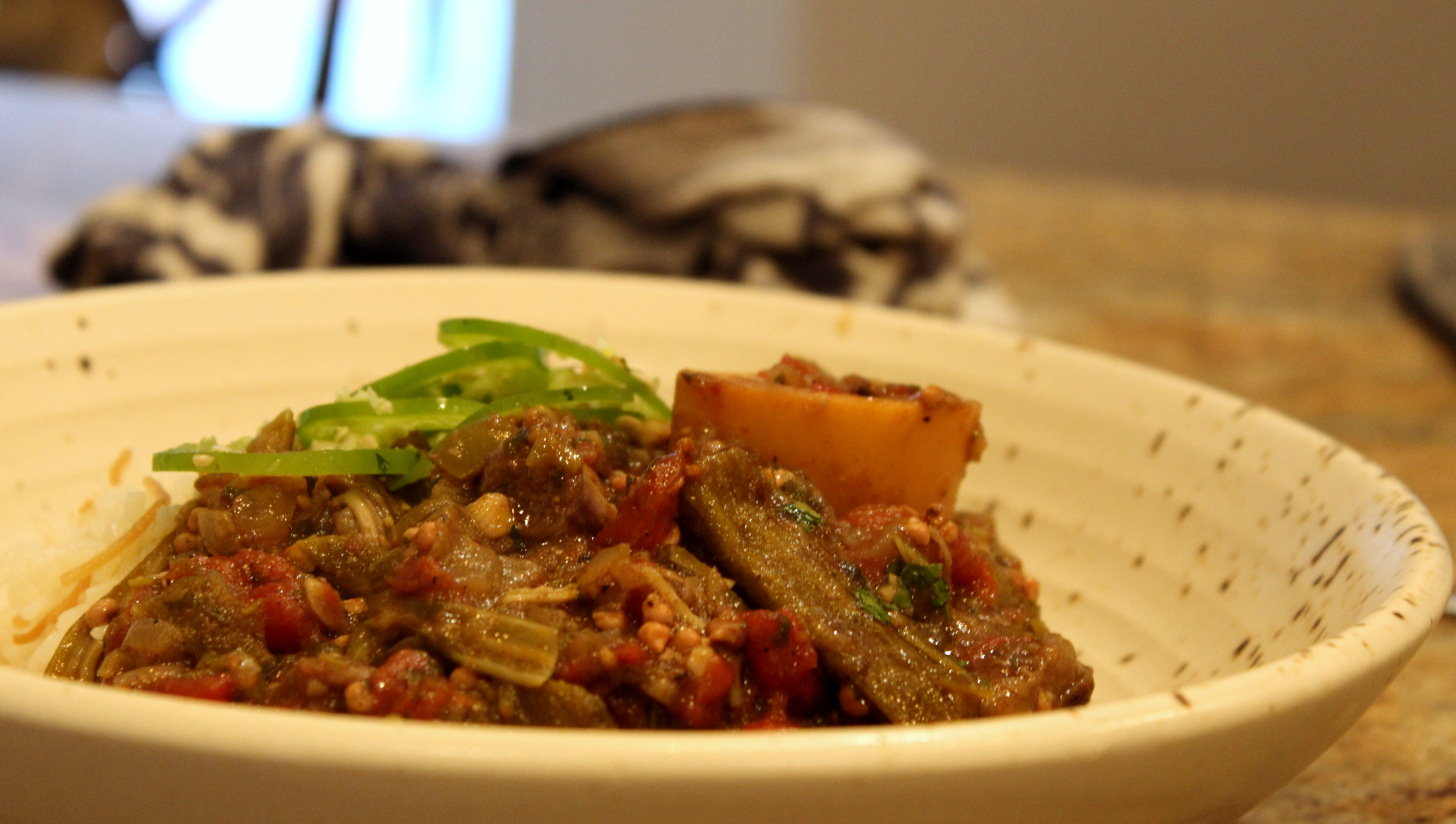
This one is not going to win any beauty contests, that’s for sure but it is a delicious and very emblematic of many Lebanese home-style stews that I grew up eating. Funny enough this one, really any okra based dish, was never my favorite when I was a kid. Yet, now, along with eggplant okra is one of my favorite summer vegetables.
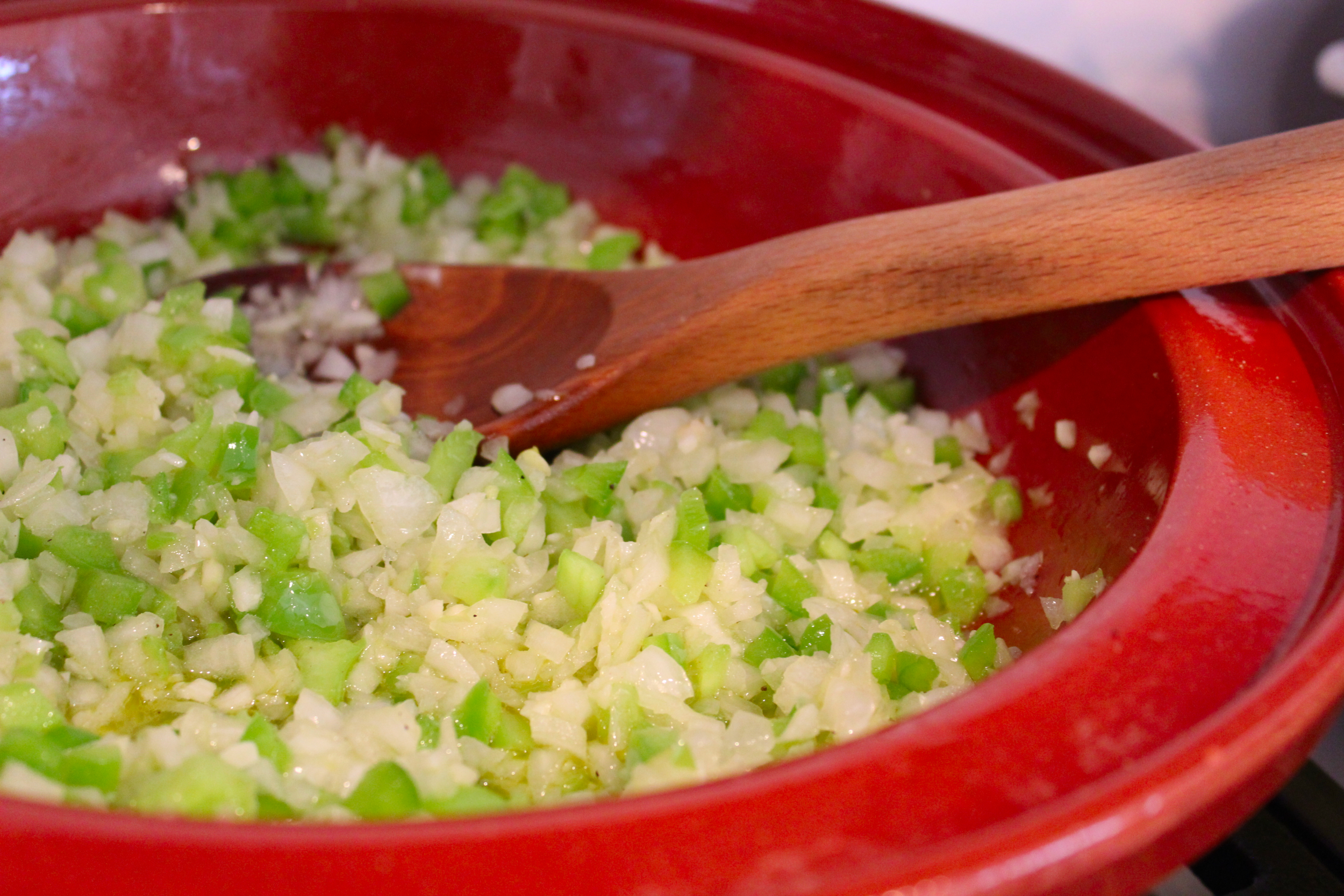
I prepared this dish in a Tagine (the Moroccan clay cooking vessel with a cone shaped top). I like how it gently cooks everything, it requires less water and concentrates the flavors and also it looks pretty cool. Bottom line, you do not need a tagine. My mom sure never uses one. Any old pot would do. First step is to sauté plenty of chopped onions and some green peppers (if available) in olive oil until they are soft and translucent, not browned. Then I add chopped up cilantro, minced garlic and some spices (black pepper, allspice, cumin) and give that a stir before adding the beef.
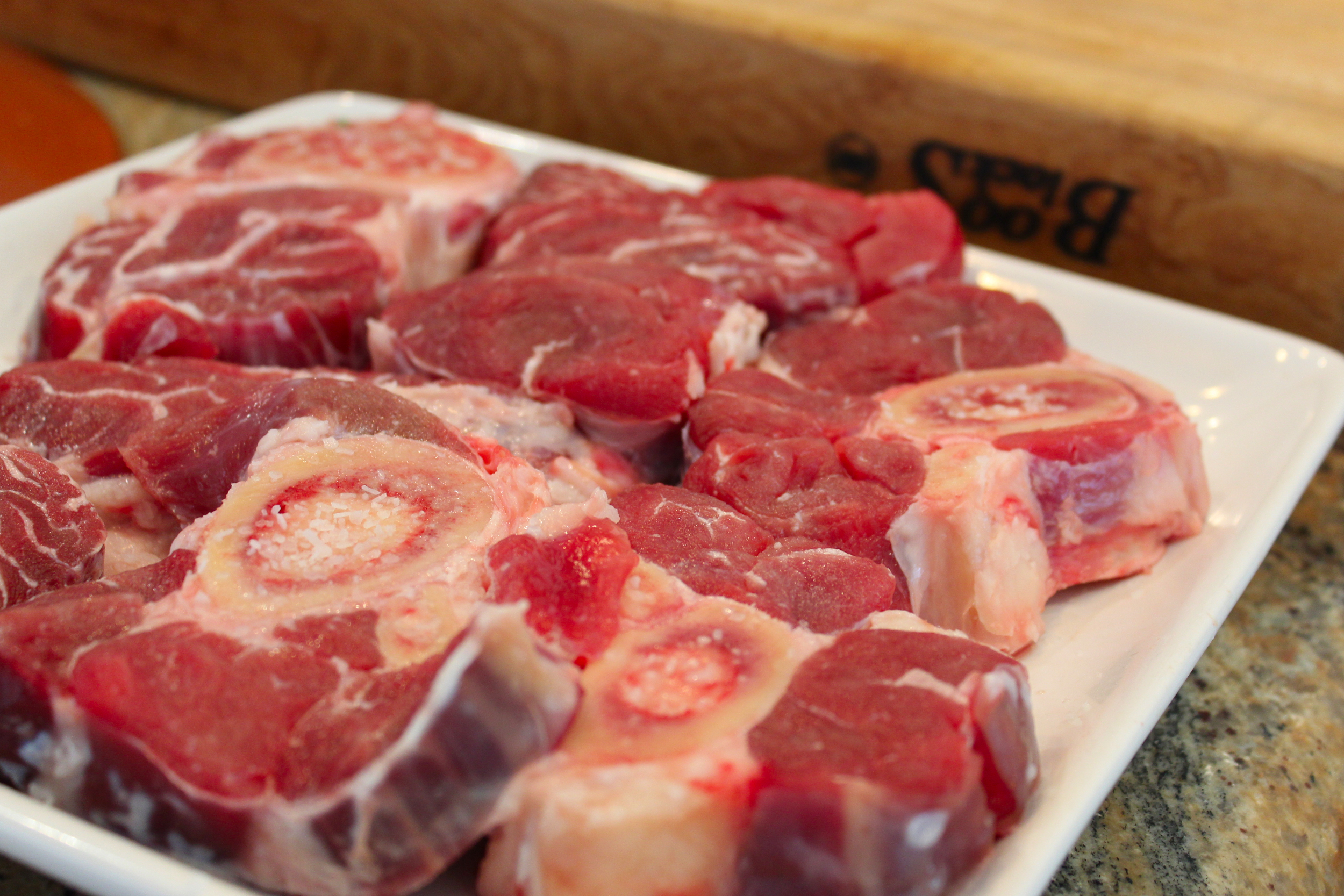
The beef (or lamb or goat) used for these types of stews should be from a tough cut, like shank, with lots of collagen that breaks down and gives the food body and texture. I like to cut the beef into manageable pieces and salt them ahead of time. Now, this is not a European/western “stew”. Most Lebanese dishes like this do not require us to brown the beef or chicken to create a “fond”. Instead the protein is added and tossed for a few minutes until it loses the rawness on the outside and that’s about it. This is true if we were cooking a stew with eggplant, or white beans, or potatoes or okra or…you get the idea.
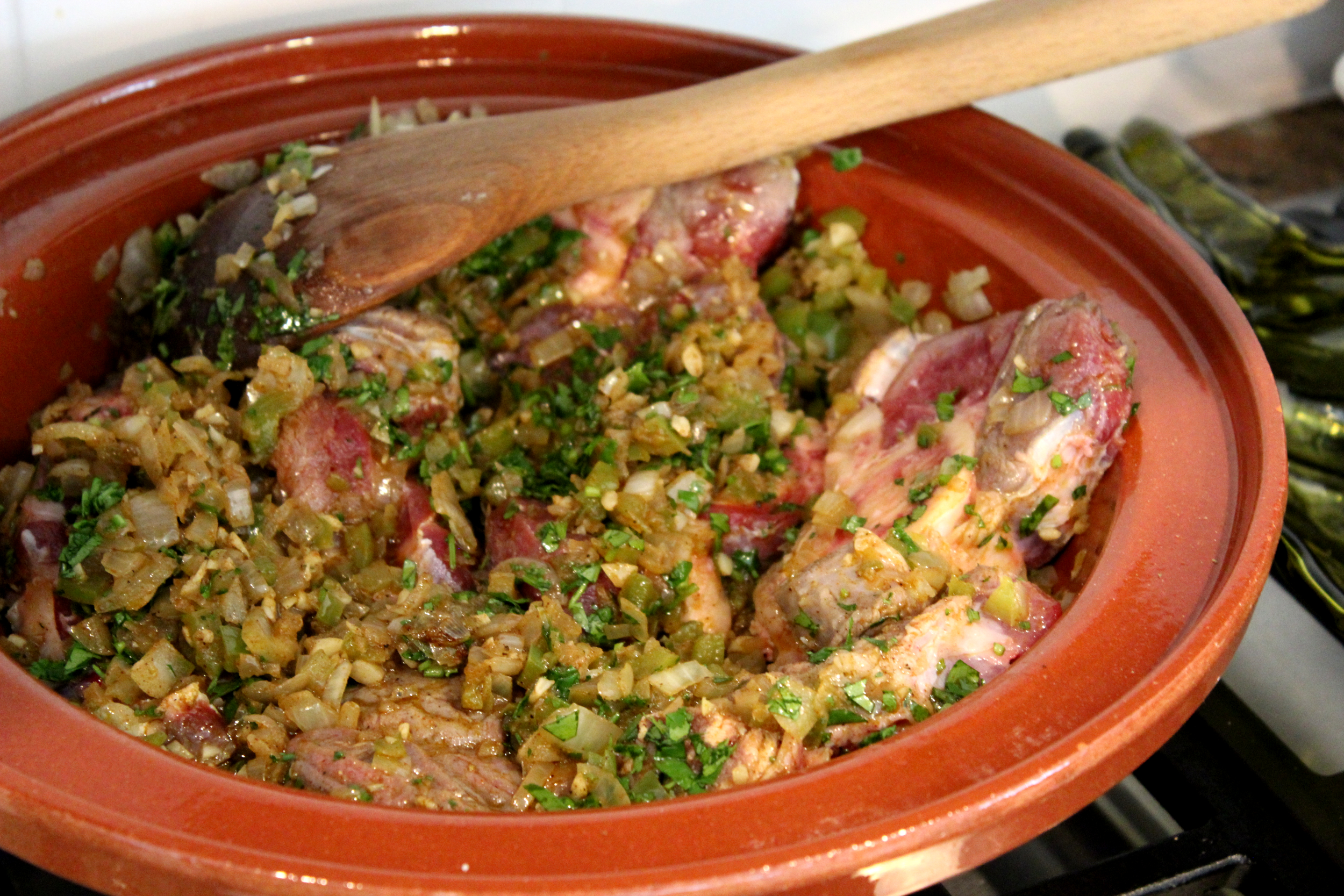
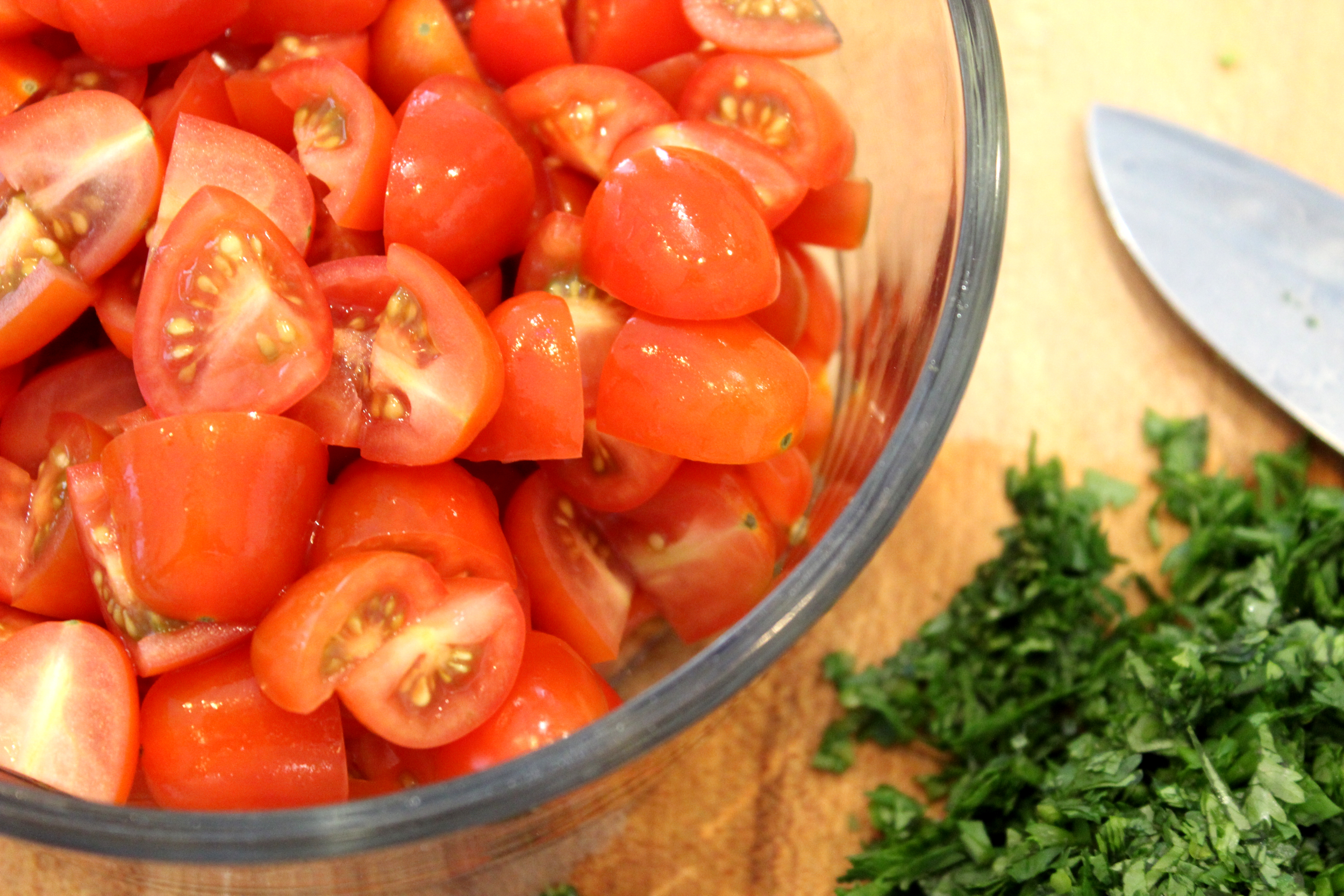
When the meat is done being suateed, I added peeled and diced tomatoes (canned good quality tomatoes work good here too). In this version used what I had which was a pint of cherry tomatoes and a can of diced tomatoes. Then water goes in to barely cover the contents, we cover the pot and let everything cook gently until the meat is tender. Where is the okra you say? I did not forget it. Okra gets fried first.
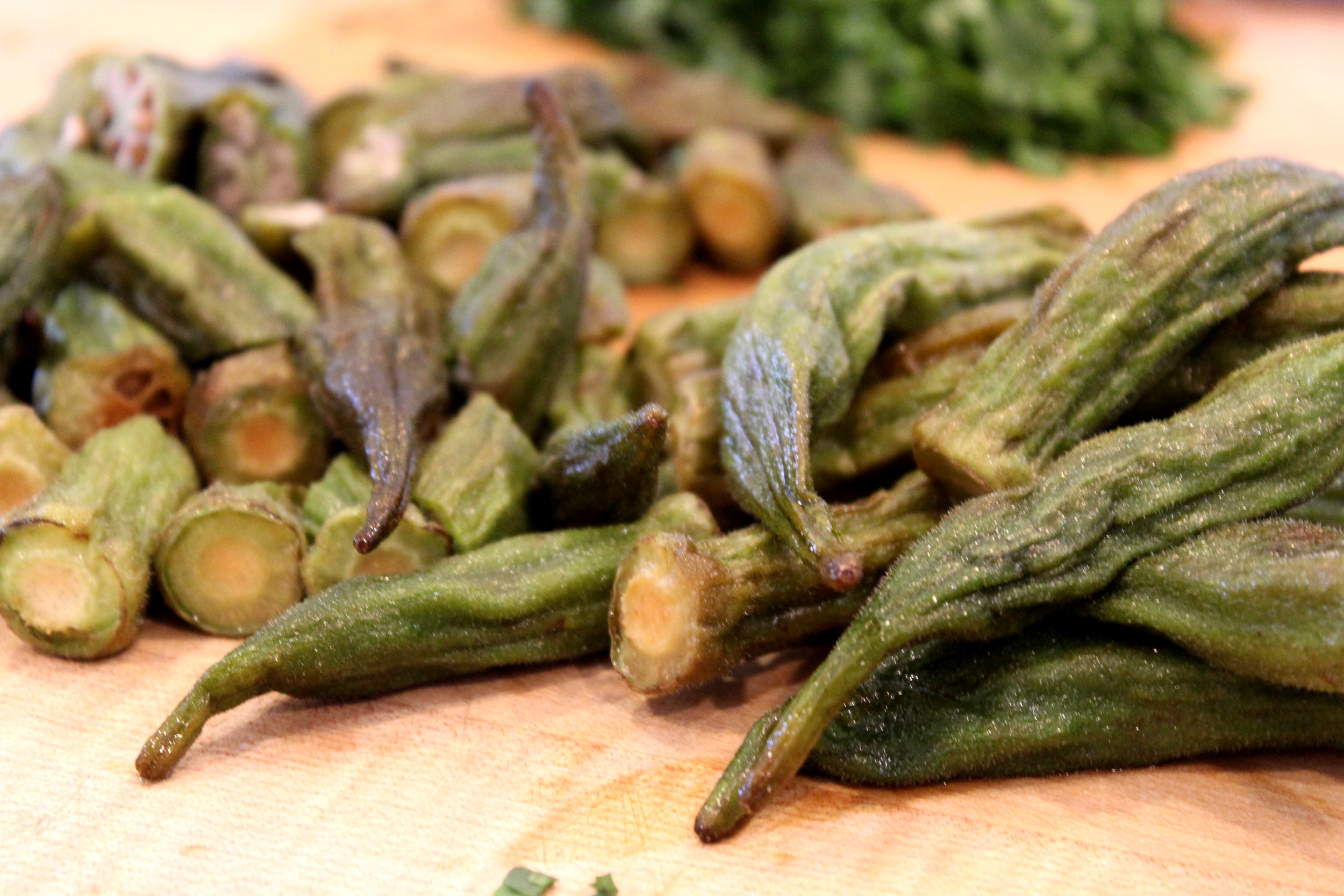
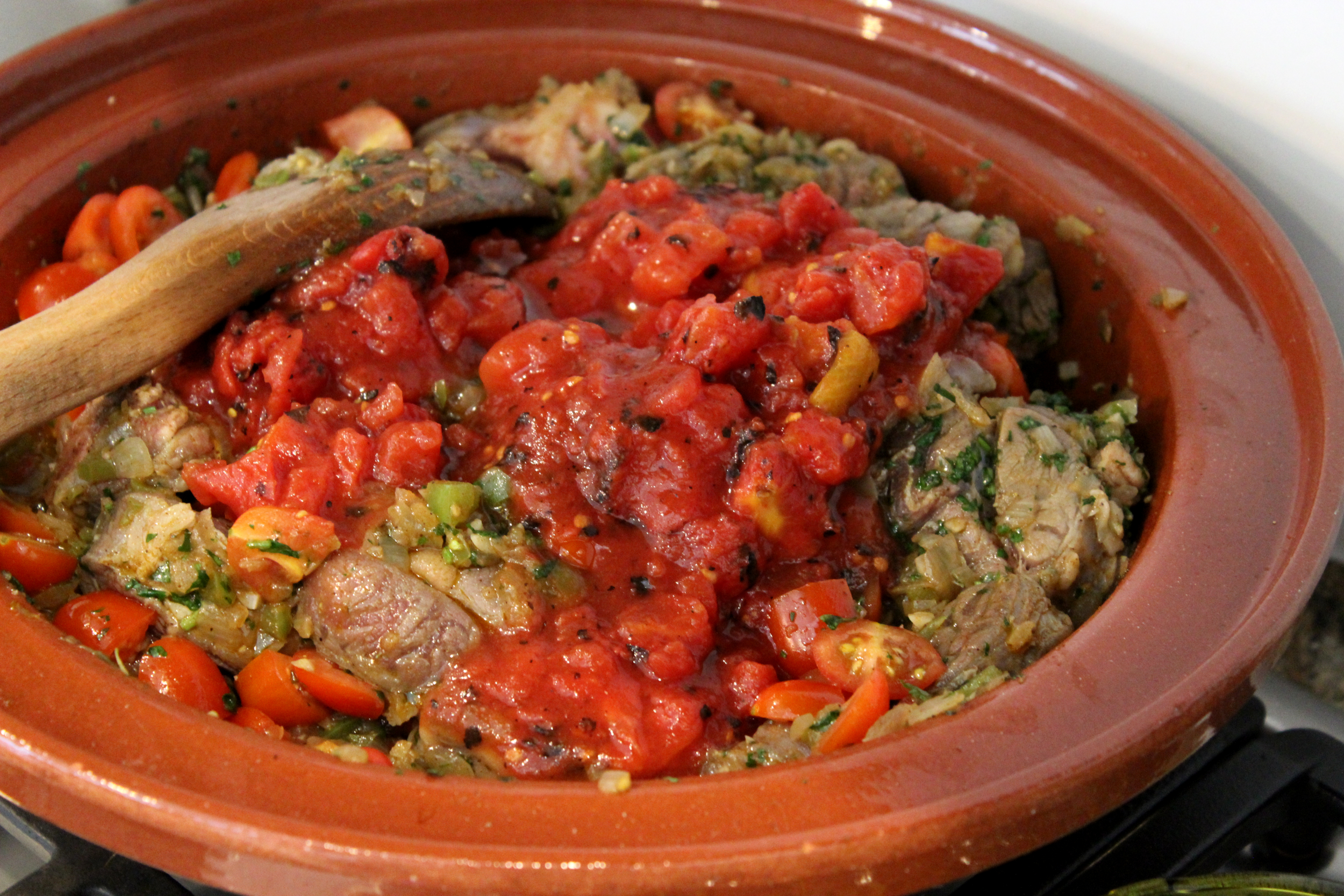
I usually do this step first. Sometimes, way ahead of when I need it and just freeze the fried okra until needed. Works great. You technically CAN add the okra raw to the stew but it is not as tasty and it will add way more of that special okra texture (as in slimy). I go back and forth between frying the okra whole then slicing or the other way around. I think I prefer to slice it first then fry it. This gives us more surface for the oil to cook and flavor the okra and also reduces sliminess more. So, ideally (well, really ideally, if you can ever find the really small middle-eastern okra where each one is about an inch long then no need to cut them before or after frying. Just cut off the cap without exposing the seeds and fry), slice it into 1/2 inch or 1 inch pieces and fry them in oil heated to about 350 F until brown. Drain on paper towels and now they are good to go.
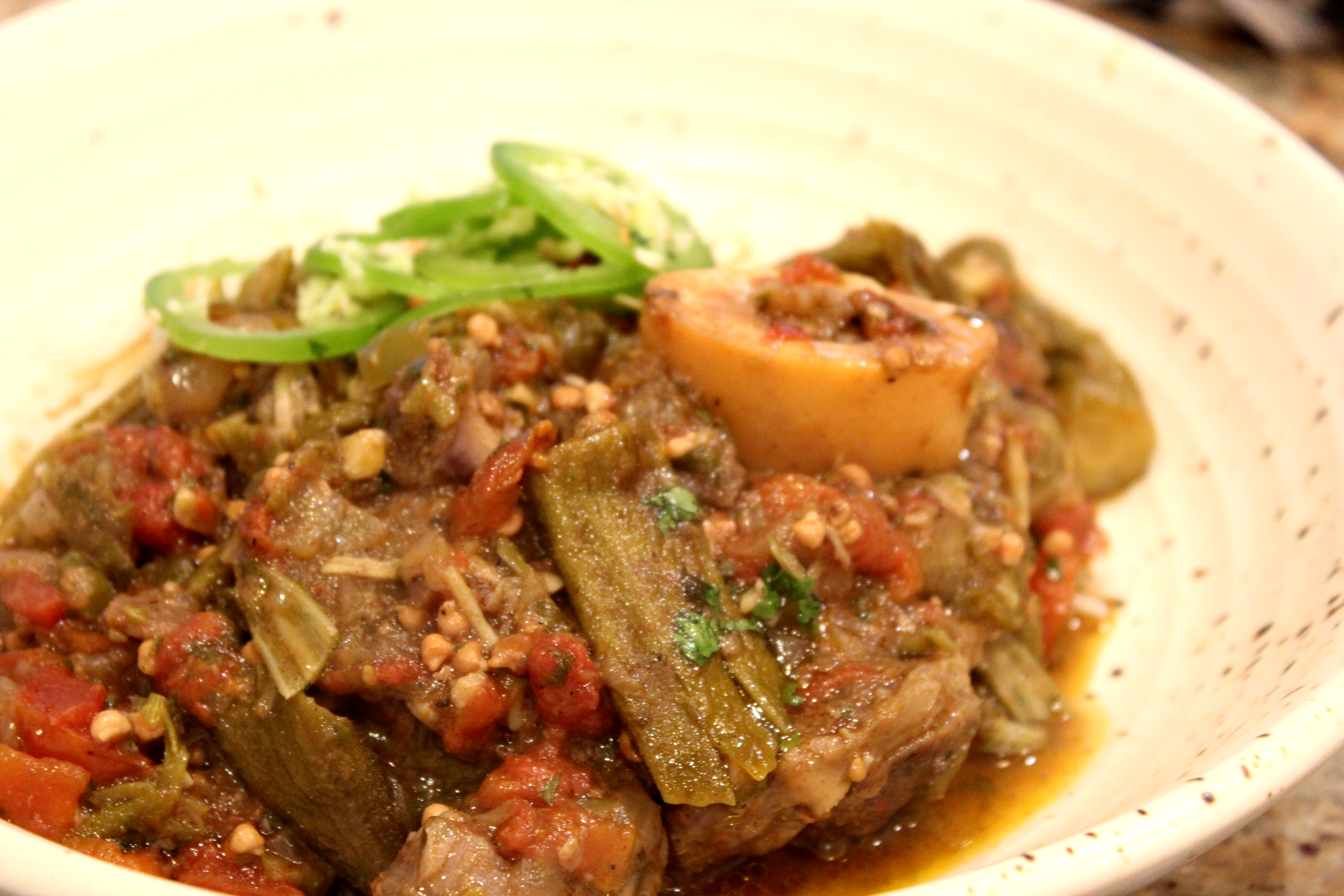
When the meat is done getting tender, add the fried okra and give everything a stir. At this point everything is pretty much cooked and just needs some time to comingle and for the okra to get tender. I let them simmer together for maybe 30 minutes or up to an hour and the dish should be ready to serve. The perfect accompaniment is rice and vermicelli pilaf and good sprinkling of cilantro.
